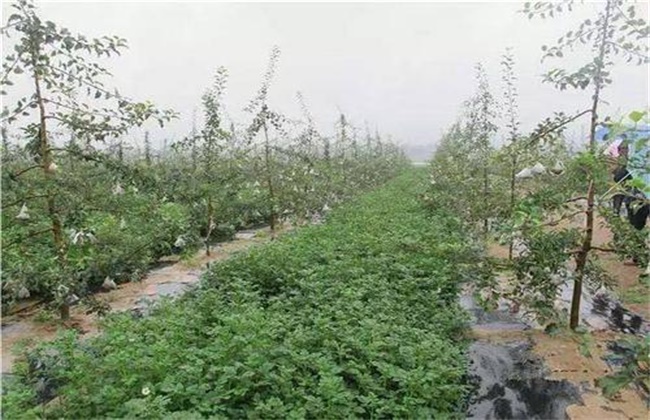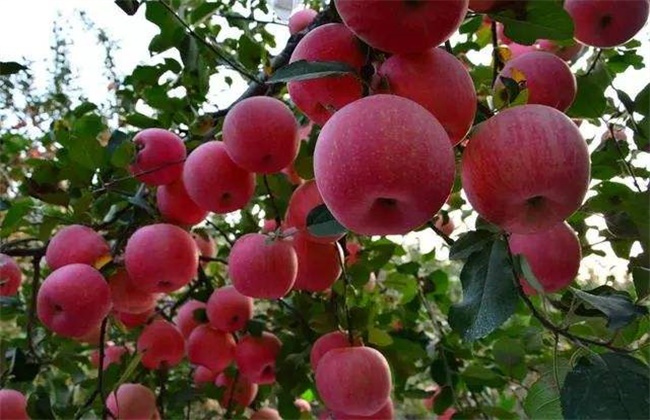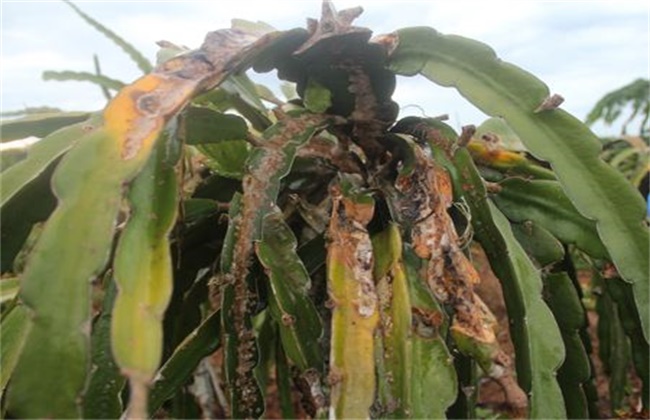Causes and Control measures of continuous cropping Disease in Orchard
The prevention and control of diseases and insect pests is the most important link in orchard cultivation, and the common weekly disease in orchard is heavy stubble, which refers to the continuous cultivation of the same kind of fruit trees in the same field after the cultivation of fruit trees. it leads to the phenomenon that the growth of replanted fruit trees is restrained or the recurrence of diseases and insect pests. So how to prevent and cure the orchard stubble disease? Come and have a look with the editor.

Symptoms of the disease
The continuous cropping disease is mainly manifested in the weak growth of transplanted young trees, poor root development and decay, slow growth of new shoots, shortening of internodes, loss of green leaves, difficult for fruit trees to strip, poor fruit quality, and replanting trees into small and old trees. if it is heavy, it will gradually wither and die before it reaches adult age, resulting in early decay of the orchard and serious economic losses.
II. Causes of occurrence
There are many reasons for the occurrence of heavy stubble disease in continuous cropping orchards. First, the roots of old trees will secrete toxic substances, which inhibit the respiration of the roots of newly planted fruit trees, resulting in the pathological changes and death of newly planted fruit trees. Second, there are many nematodes and pathogenic microorganisms in the soil of the orchard, which causes great damage to the roots of newly planted fruit trees, resulting in weak growth and poor growth of newly planted fruit trees. Third, the lack of some nutrient elements or excess nutrition in the orchard, resulting in nutrient imbalance, resulting in slow plant growth.
III. Prevention and control measures
1. Update and change species
In the transformation of the orchard, we must insist on rotation without continuous cropping. For example, if the previous crop is an apple tree, we can directly plant fruit trees such as grapes, oranges, apricots, walnuts and persimmons; but if the previous crop is a pear tree, then it is no longer suitable to plant stone fruit trees such as peaches, plums, apricots and cherries, but should plant kernel fruit trees instead.
2. Clear the garden and improve the soil
After the old trees are dug up or the seedlings come out of the nursery, the orchards should be cleared thoroughly, the residual roots, fallen leaves and weeds around the orchards should be burned, and when planting fruit trees in situ, the soil should be deeply improved, the residual roots should be removed, and the planting holes of the original fruit trees should be avoided at the same time. After opening the hole, it can be disinfected and then covered with plastic film, which can kill most of the nematode pathogens and microorganisms left in the soil, and the acid soil can be improved with lime.
3. Increase the application of organic fertilizer
100-150 kg mature organic fertilizer was applied to the newly dug planting hole, and the phosphorus and potassium fertilizer was increased without partial application of nitrogen fertilizer, and the amino acid compound micro-fertilizer with a concentration of 300 times was sprayed every 15-20 days in the growing season.
4. Disinfection and sterilization of seedlings
Before planting, you can spray or soak the seedlings with 3-5 Baomedo stone sulfur mixture, or carbendazim 1000 times solution, or soak the seedlings for 10-20 minutes, and then rinse the roots with clean water, which can kill the bacteria carried by the roots.
5. Replenish nutrients
Before replanting, it is best to sample and analyze the soil to understand the loss or accumulation of nutrient elements in the orchard soil, and then determine the fertilization scheme. According to the types and varieties of newly planted fruit trees, we should reasonably supplement and adjust the nutrient elements in the soil, especially pay attention to the application of trace elements and organic fertilizer to ensure the growth of fruit trees.
The above is the introduction of the causes and control measures of orchard continuous cropping disease. I hope it can help you. If you want to know more about it, please follow us.
Related
- Moge, come on! The staff of the peasant association in the producing area of cantaloupe were frightened when the crowd gathered.
- Causes and Solutions of low Fruit setting rate of Apple
- Symptoms and control measures of passion fruit virus disease
- Fruit growing lesson: how do apple orchards keep high yields?
- Can you build orchards in the mountains? What are the pros and cons?
- How to manage the coloring period of Crisson grape?
- This paper introduces the processing technology of two kinds of fig products.
- How much is a month for retired teachers in rural areas by 2020?
- How can strawberry planting increase sugar content? We should pay attention to management in many aspects.
- What are the cultivation techniques on how to improve the yield of golden fruit?



